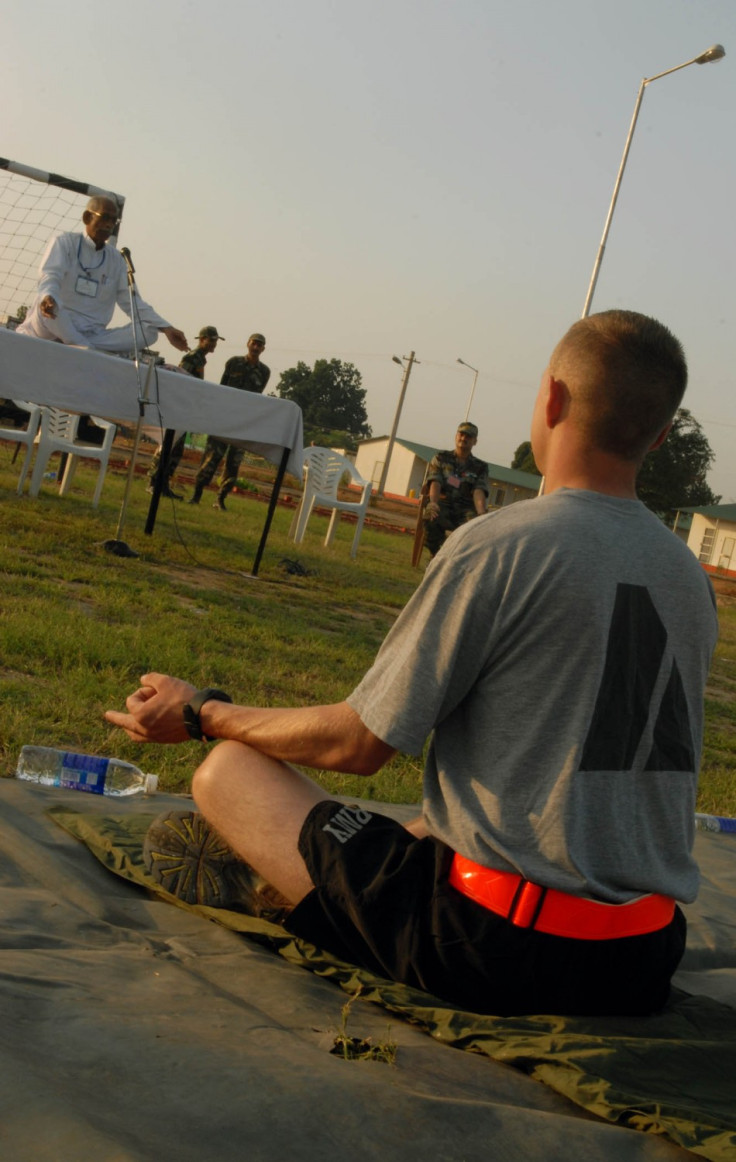Group Yoga Improves Motor Function among Stroke Survivors

Group yoga can improve motor function and balance in stroke survivors even if they start to exercise six months after a stroke, according to new research conducted by the Indiana University School of Medicine into the health of 47 adult stroke survivors.
For the study, participants were divided into three groups: one set did yoga twice a week for eight weeks; the second did yoga and used a relaxation audio course at least three times a week; the third group received standard medical treatment.
The yoga classes, led by a registered yoga therapist, included modified yoga postures, relaxation and meditation.
Researchers found that yoga significantly improved motor functions and balance among stroke survivors, according to findings published in the journal Stroke.
"For patients, like those in our study, natural recovery and acute rehabilitation therapy typically ends after six or, less frequently, 12 months," said Arlene Schmid, PhD, researcher at the Indiana University-Purdue University Indianapolis. "We found that yoga exercises significantly extended rehabilitation beyond the first year after stroke."
The researchers say that greater improvement in balance was noted than in previous post-stroke exercise trials. Study participants reported they increasingly attempted new activities in different, more challenging environments.
"Balance impairment is common after stroke; modified yoga may be able to improve balance and other important post-stroke variables. Scientific evidence is needed to support such treatment interventions. The purpose of this study was to assess the impact of a yoga-based rehabilitation intervention on balance, balance self-efficacy, fear of falling (FoF), and quality of life after stroke," Schmid said.
Dr Schmid claims that yoga may be more therapeutic than traditional exercise because the combination of posture, breathing and meditation produces different effects.
Researchers are planning to conduct further studies into the long-term effects of yoga on balance, quality of life and participation in everyday activities.
"Yoga's mind-body connection may be what makes it more powerful and engaging than other strengthening exercise," Schmid said.
© Copyright IBTimes 2025. All rights reserved.





















